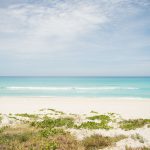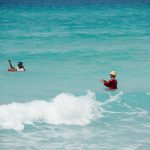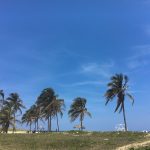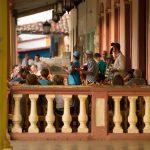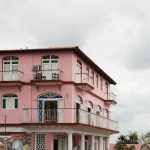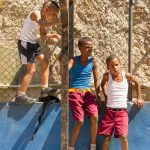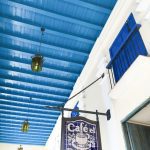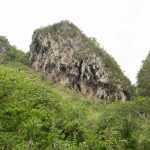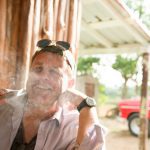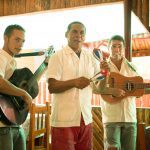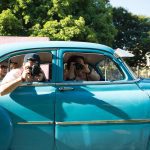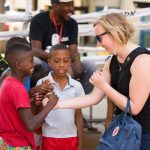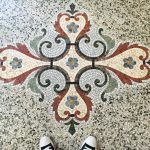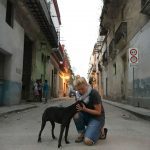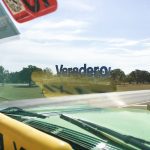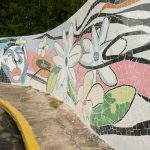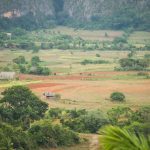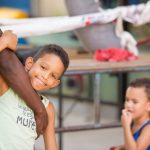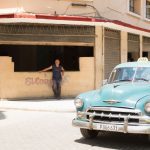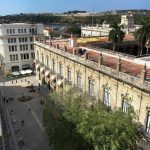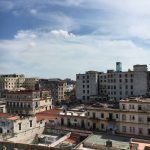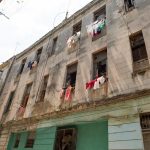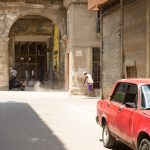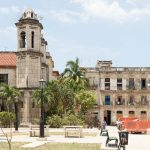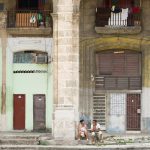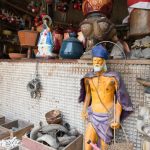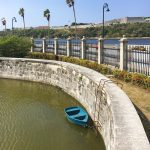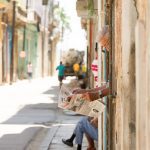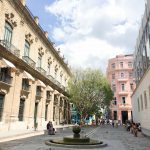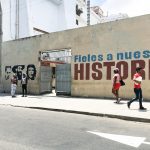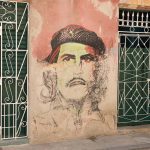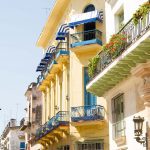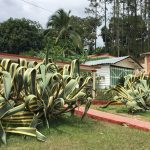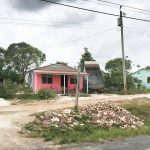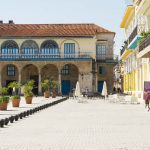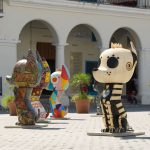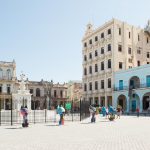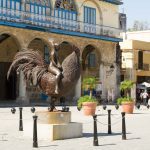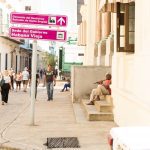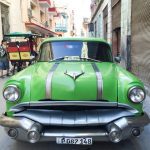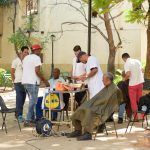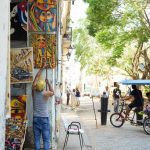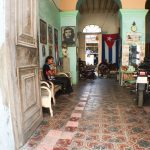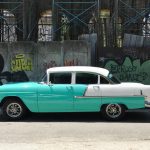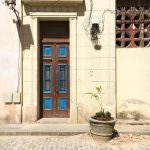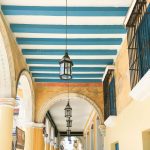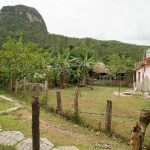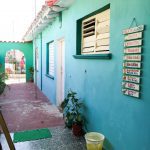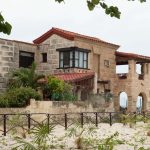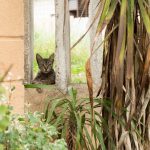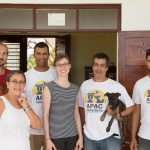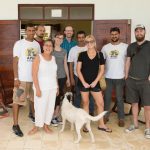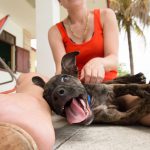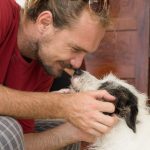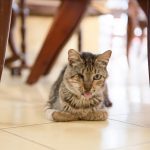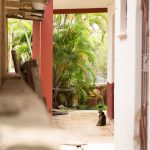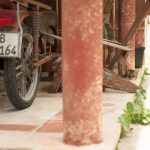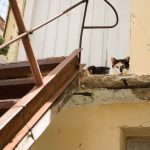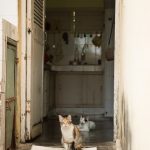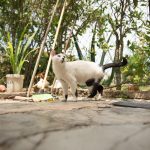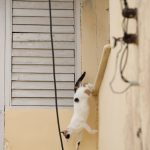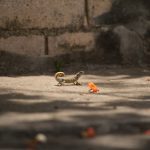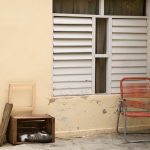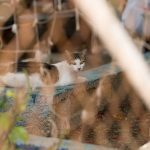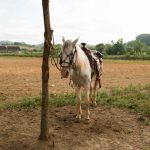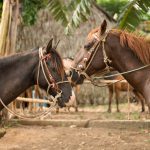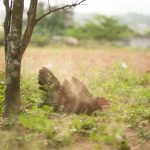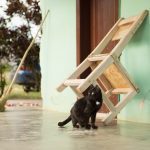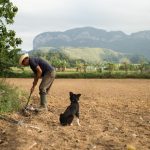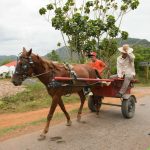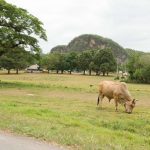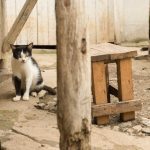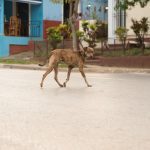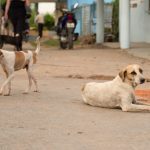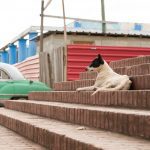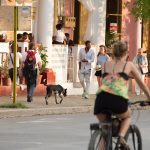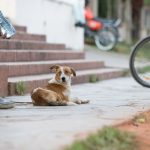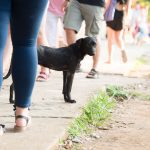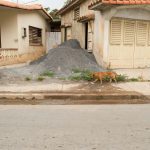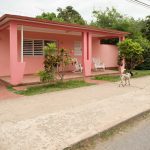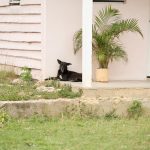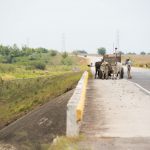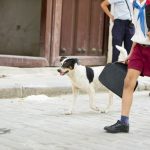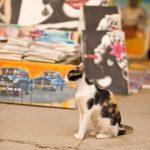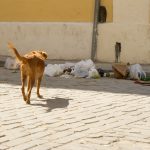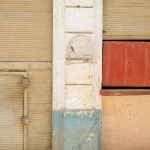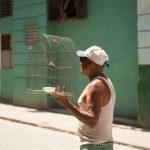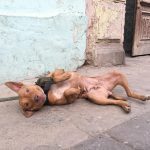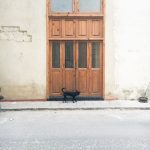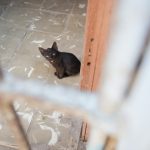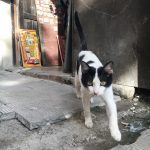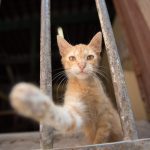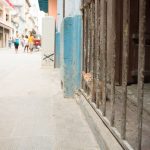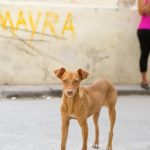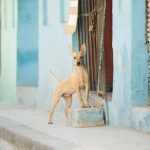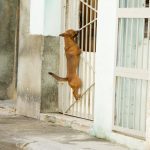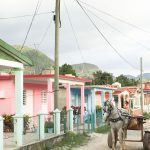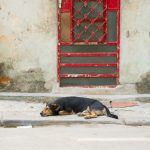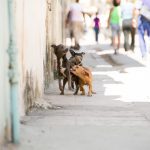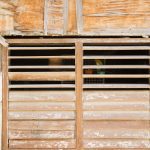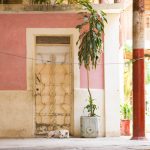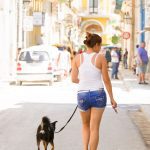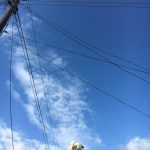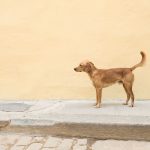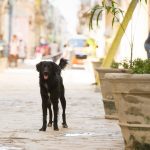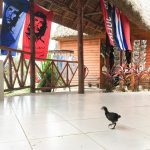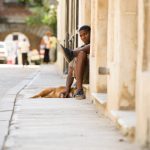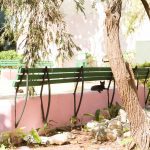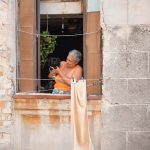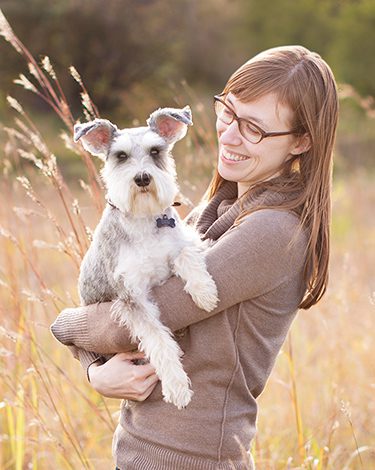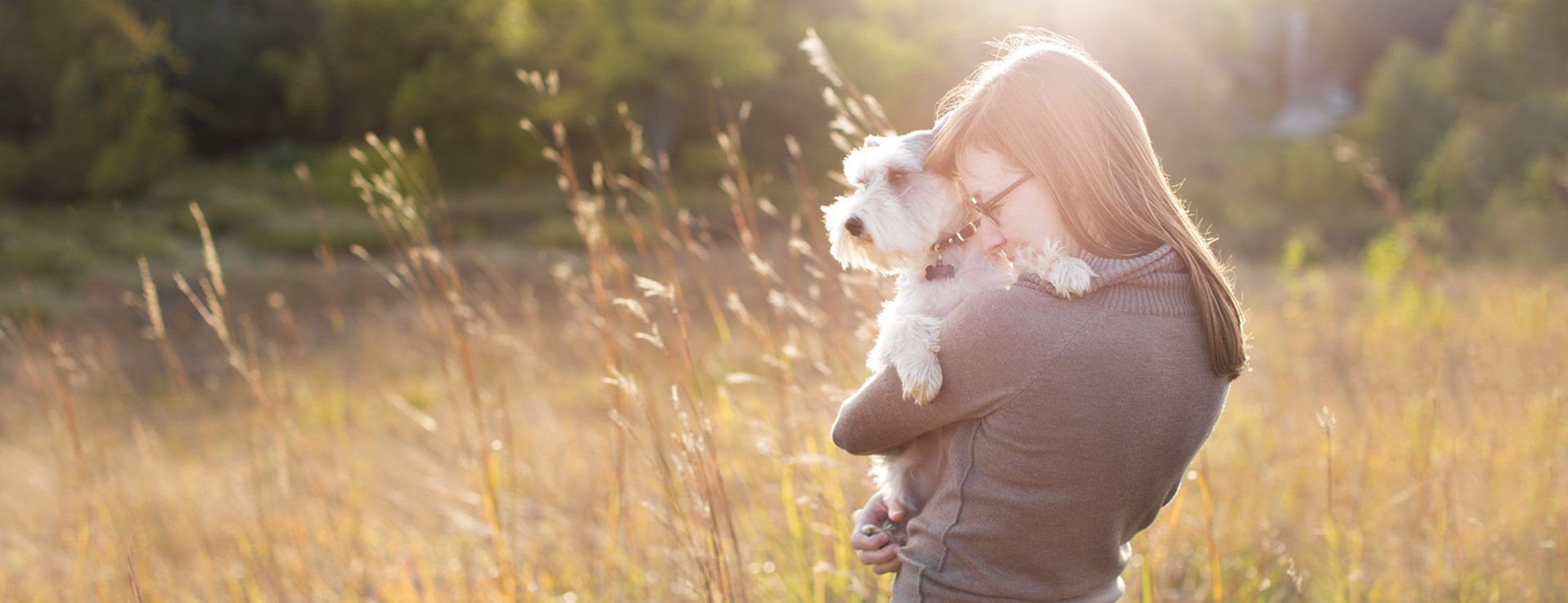Recently, Dustin and I did something we’d never considered doing before – mainly because, in our lifetime, it hasn’t really been an option.
I got a text from my friend and producer, Conor, asking if I had any interest in a trip to Cuba. Sure, why not. A week or so later, I got another text: So, this Cuba thing is happening, are you in? Ummm… heck yes!
After a whirlwind of preparation, 11 of us – and a hermeneutics professor – were off to Havana, with our cameras in-hand, on a person-to-person educational adventure. It felt like a once-in-a-lifetime opportunity that we just couldn’t pass up.
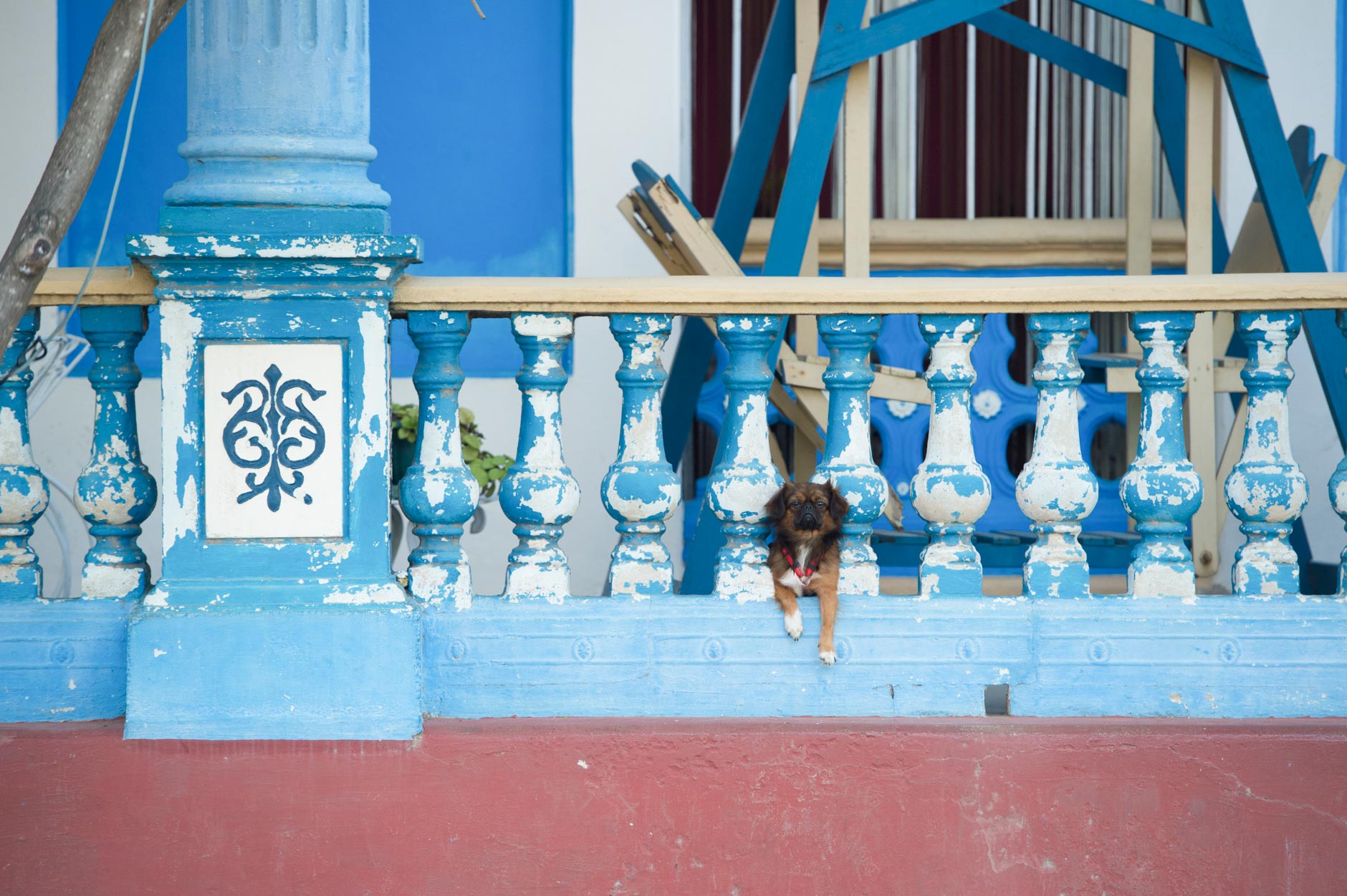 *There are SO many photos I wanted to share, I decided to sprinkle a couple in to break up the text, but the rest are in slideshows at the bottom of this post. They might take a while to load, please let me know if you have any trouble with it.
*There are SO many photos I wanted to share, I decided to sprinkle a couple in to break up the text, but the rest are in slideshows at the bottom of this post. They might take a while to load, please let me know if you have any trouble with it.
We arrived in Habana Vieja (Old Havana), not knowing what to expect, but being completely blown away. (I’m not sure many of us can even clearly define it now) The closest Dustin and I have gotten to expressing what it’s like: This place is wild.
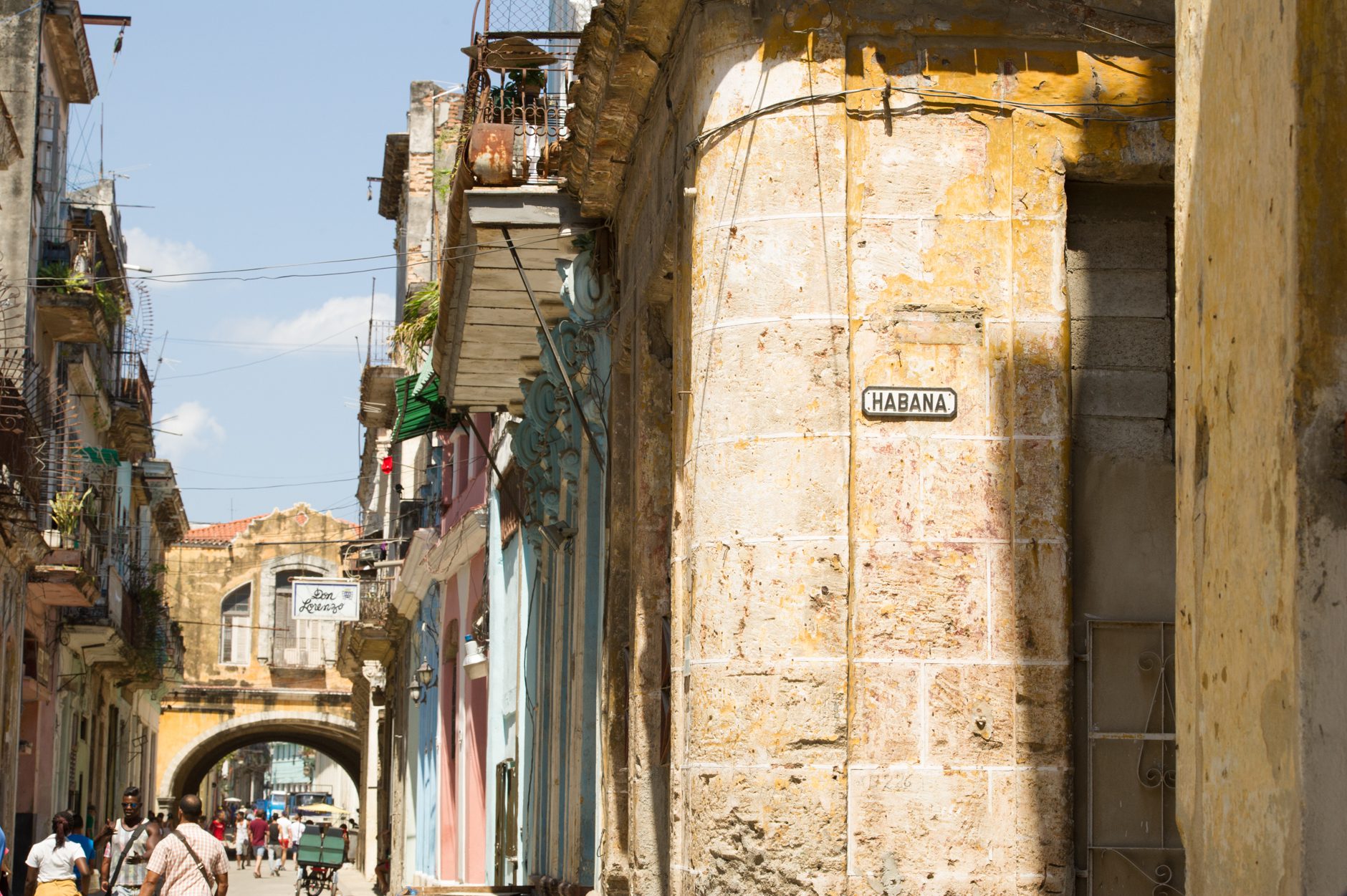
The dichotomy of old and new, poverty and wealth, the dilapidated and the maintained, was everywhere. Literally everywhere, and often represented within single buildings. There was a sense of complacency with the disrepair, (because what can they do about it?) but also a sense of pride in ownership, and hope for the future.
The front of a building may be falling apart, piles of rubble under a crumbling façade… but look inside the door and you might find a beautifully maintained garden or stained glass window; treasured items neatly placed around the room, and a smiling Cuban just living his life.
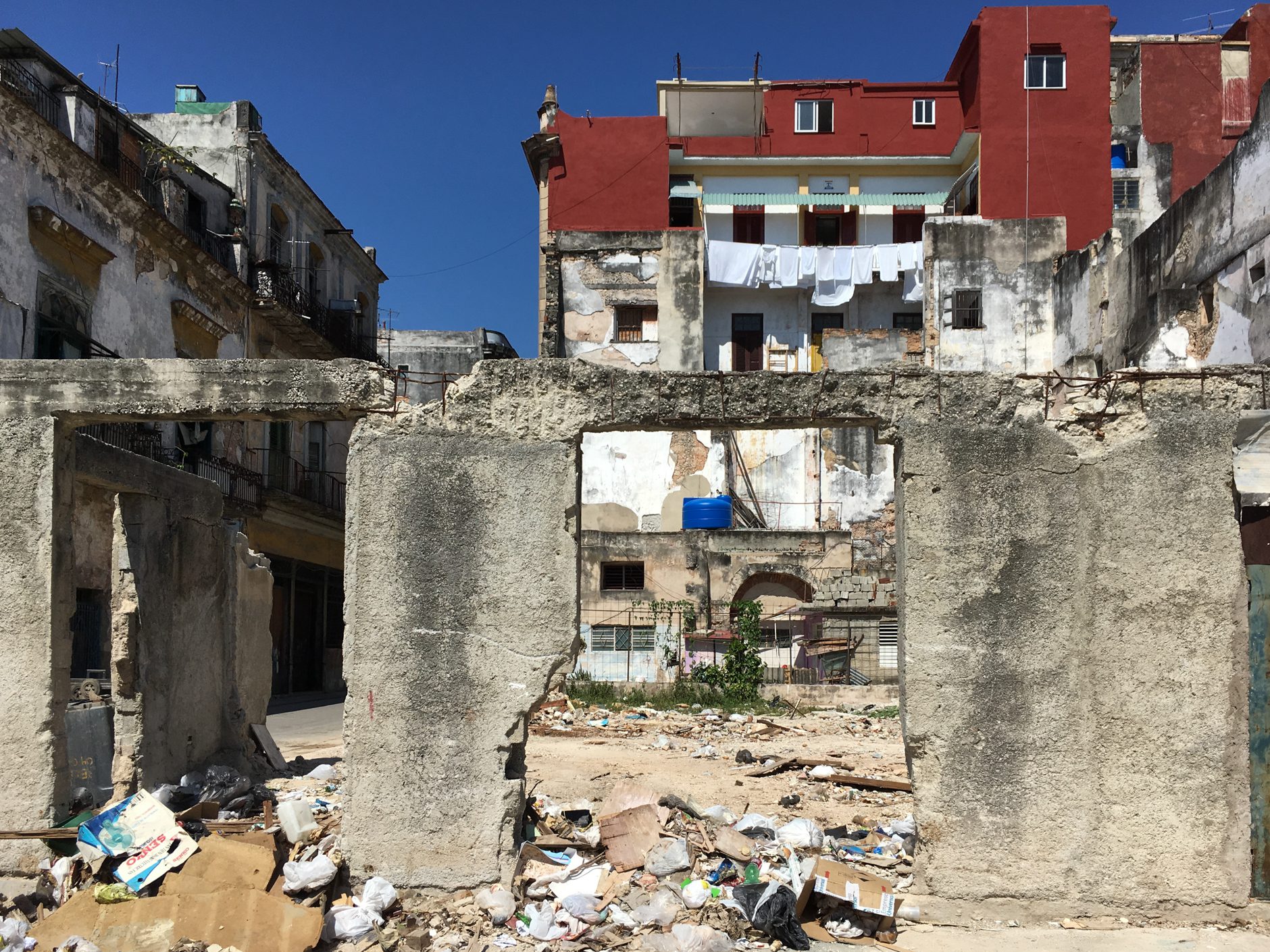 Drivers shining up their ’56 Chevys in the morning, ready to taxi tourists to their destinations. Bicitaxis (bicycle taxis) with radios blaring, navigating the streets with more tourists. A broken-down car without wheels, half-covered in cardboard and parked on the sidewalk for who-knows-how-long, just waiting until it can be fixed up and back on the road (if ever).
Drivers shining up their ’56 Chevys in the morning, ready to taxi tourists to their destinations. Bicitaxis (bicycle taxis) with radios blaring, navigating the streets with more tourists. A broken-down car without wheels, half-covered in cardboard and parked on the sidewalk for who-knows-how-long, just waiting until it can be fixed up and back on the road (if ever).
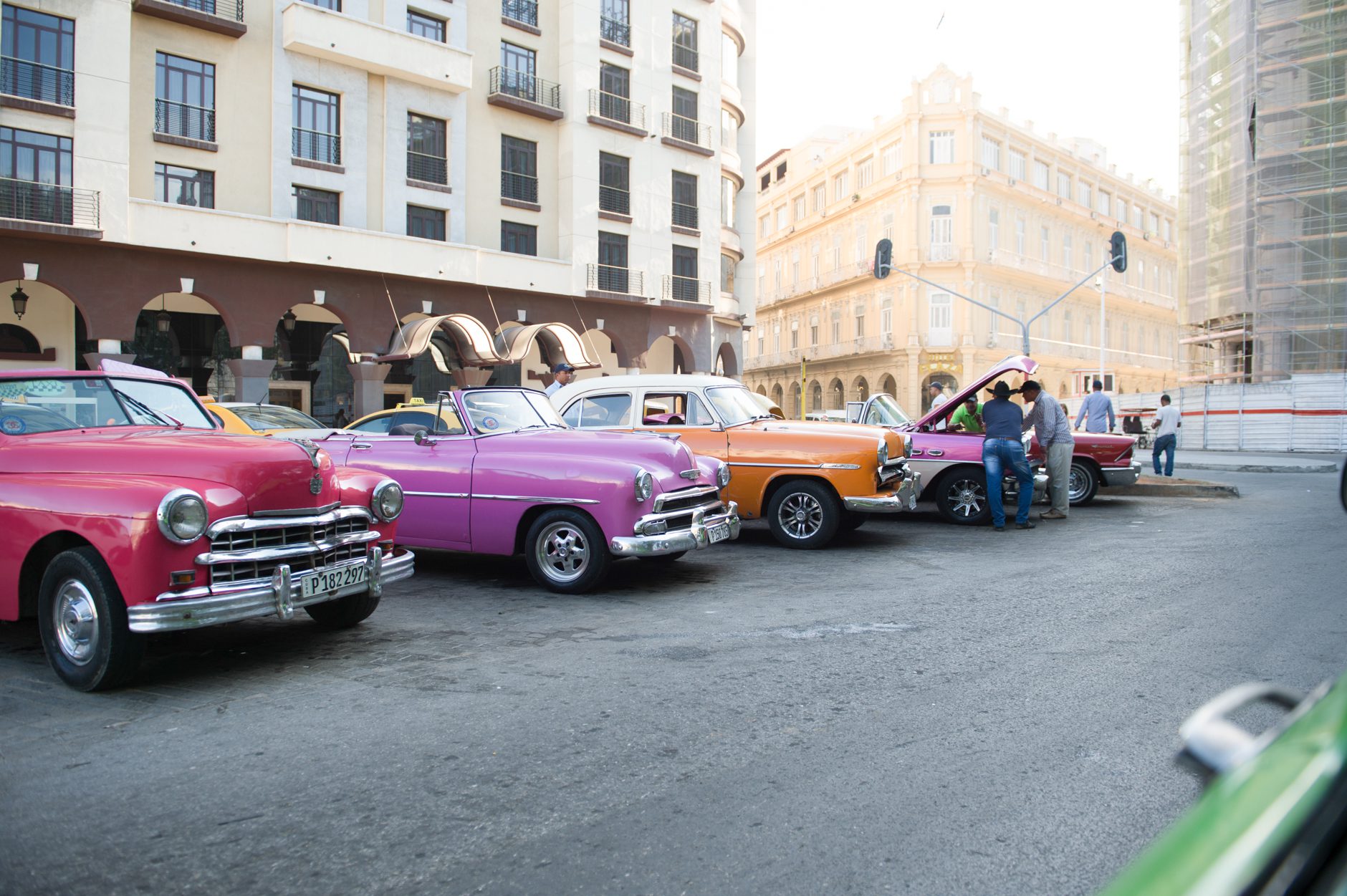
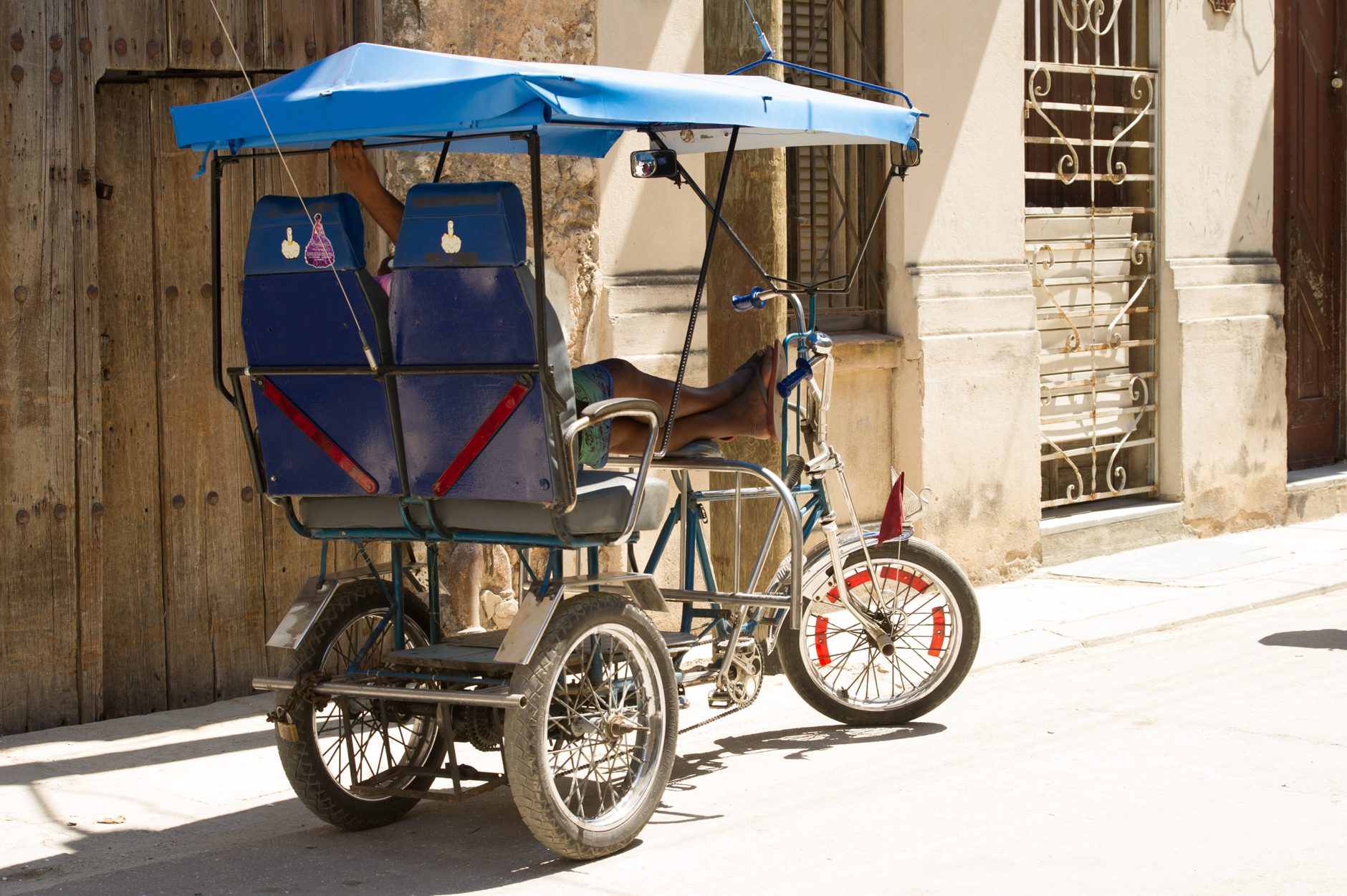 There were stray dogs and cats wandering their territories, some begging for scraps and others completely ignoring us… on a mission to wherever it is they go. It was nowhere near the amount of strays we saw in Cancun, but there were some skinny, mangey, in-tact males and multi-litter mamas. In general, they seemed to be getting along alright, and some were with their owners, well-taken care of.
There were stray dogs and cats wandering their territories, some begging for scraps and others completely ignoring us… on a mission to wherever it is they go. It was nowhere near the amount of strays we saw in Cancun, but there were some skinny, mangey, in-tact males and multi-litter mamas. In general, they seemed to be getting along alright, and some were with their owners, well-taken care of.
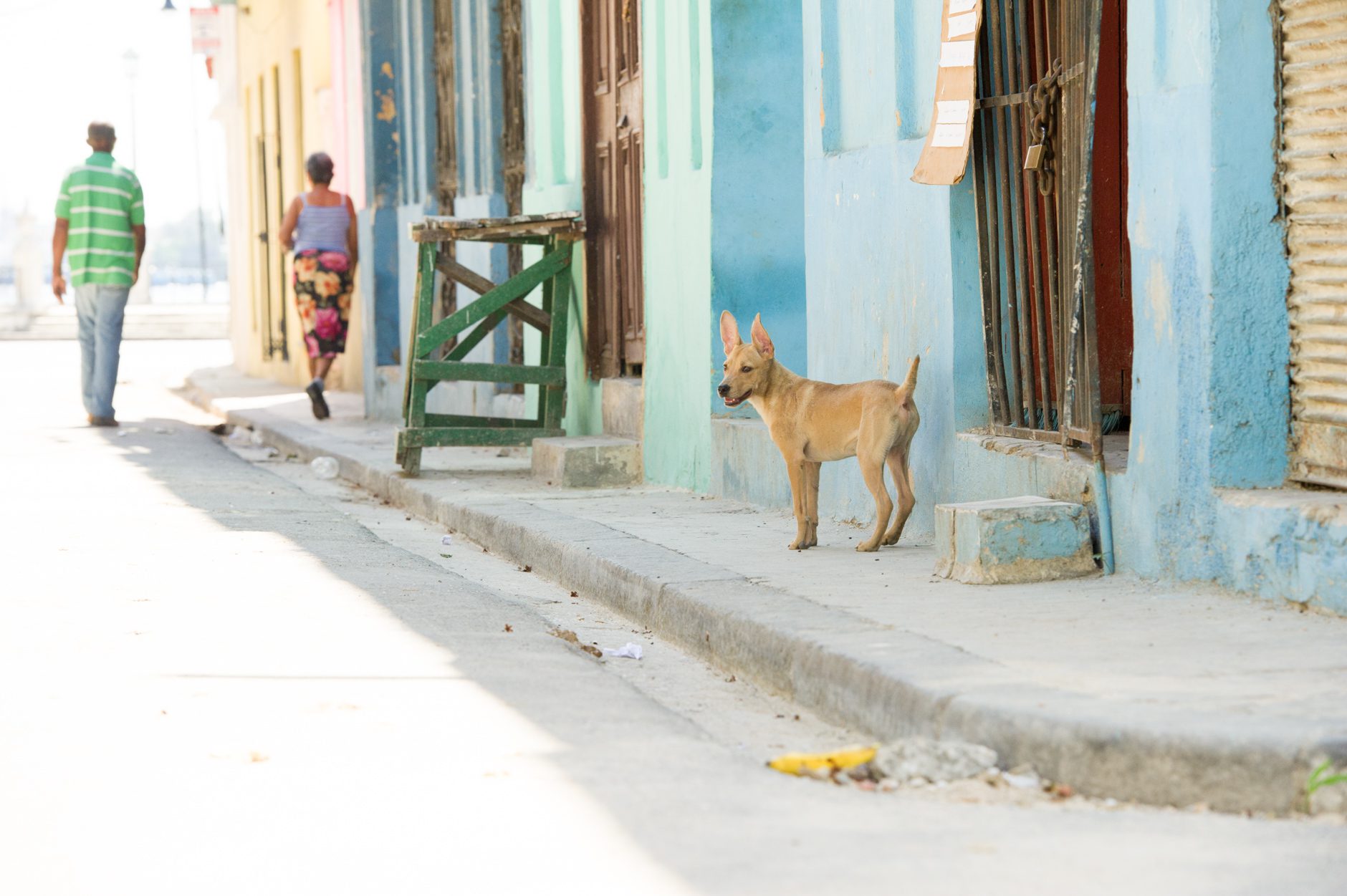
Stock up on waters and cervezas, because next time you go to the market, there probably won’t be any. Our group polished off all the beers (maybe 2 cases) at a nearby bar, while chatting with the owner and getting some photos. It was 3 days before any more beer arrived, but he was open all the same, a place for locals to hang out.
We stayed with a few families in an apartment building, each of us either singled- or doubled-up in spare bedrooms. Some of the hosts spoke English, most did not. Dustin and I were placed with a family who spoke zero English, and it was definitely a challenge. They were so sweet though, and tried very hard to help us communicate. The grandmother was excited to take me out onto the balcony with a map, and show me where we were, where some major landmarks could be spotted. The mother took great care to show me how the keys worked in all the doors and iron gates (it was more complicated than you’d think).
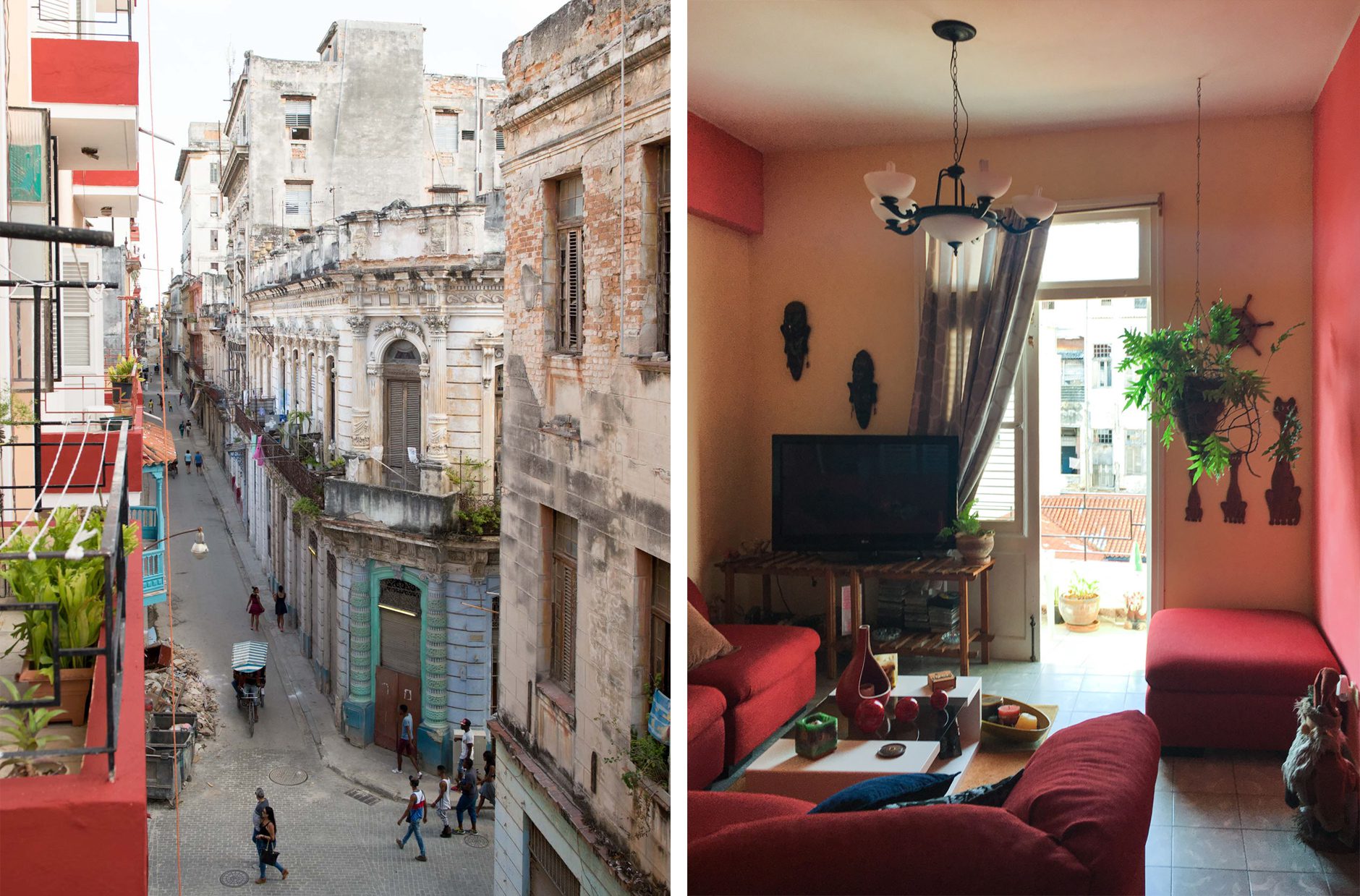 We were grateful for an offline translator app on our phones, so we could type in what we wanted to say, and it would write it out in Spanish. (no cellular service, and wifi only if you were willing to pay for it in small increments… I was more than happy to be off the grid for a week) We did pick up a bit of the language, just from being immersed in it. I won’t be conjugating verbs anytime soon, but I can order dinner and have a polite conversation about where the bathroom is :)
We were grateful for an offline translator app on our phones, so we could type in what we wanted to say, and it would write it out in Spanish. (no cellular service, and wifi only if you were willing to pay for it in small increments… I was more than happy to be off the grid for a week) We did pick up a bit of the language, just from being immersed in it. I won’t be conjugating verbs anytime soon, but I can order dinner and have a polite conversation about where the bathroom is :)
Our hosts made breakfast for us every morning, and it was great! (and way more than any of us needed to eat) Scrambled eggs; fruit (banana, pineapple, papaya, guava, watermelon); things that were similar to crepes and french toast; ham and cheese sandwiches; coffee; blended fruit juice; potato croquettes; cheese; crackers… a little different than my standard bowl of cereal ;)
We hired the same drivers each day we needed to head out of the city, and they were a lot of fun. The old cars, a father / son team… they clearly loved driving, and when we traveled together, they’d occasionally “race” each other on the Autopista (highway). If one car needed to pull over, the others would wait (there may have been a couple intestinal emergencies that slowed down the caravan)
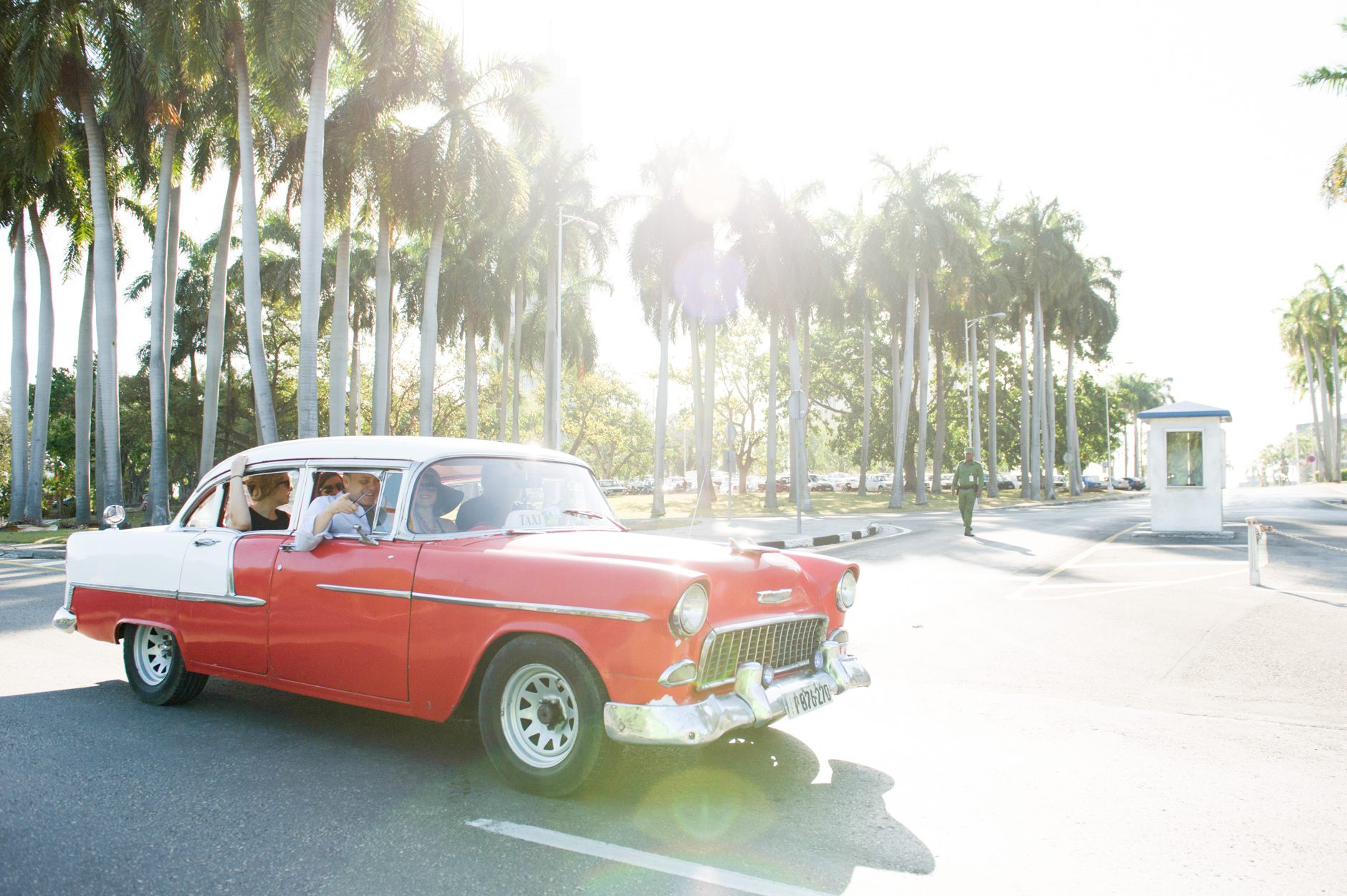
A big problem with a city full of these old cars, most of which had been converted to diesel, is the pollution. The emissions are unreal… clouds of black smoke from thousands of engines. There were times when it was hard to breathe, and the smell of the fumes could be nauseating :(
Another dichotomy we discovered was between people themselves. Cubans can work in industries that cater to visitors (restaurants, taxis) but it many situations, they’re not welcomed to enter those restaurants or mingle with the tourists. They have “their place” in society. We asked our drivers to join us for meals when we could, and they were a bit uncomfortable with the notion. Leftover sandwiches from breakfast were accepted with vigor… I’m not sure if they would have eaten otherwise.
We took an overnight trip to the town of Viñales, to explore a former French coffee-processing facility (high up in the jungle), and to experience a smaller town than bustling Havana. Along the way, we stopped at a lovely little restaurant, that seemed to double as the owner’s home. I loved the easy feel of Viñales, and its rows of colorful 1-story homes.

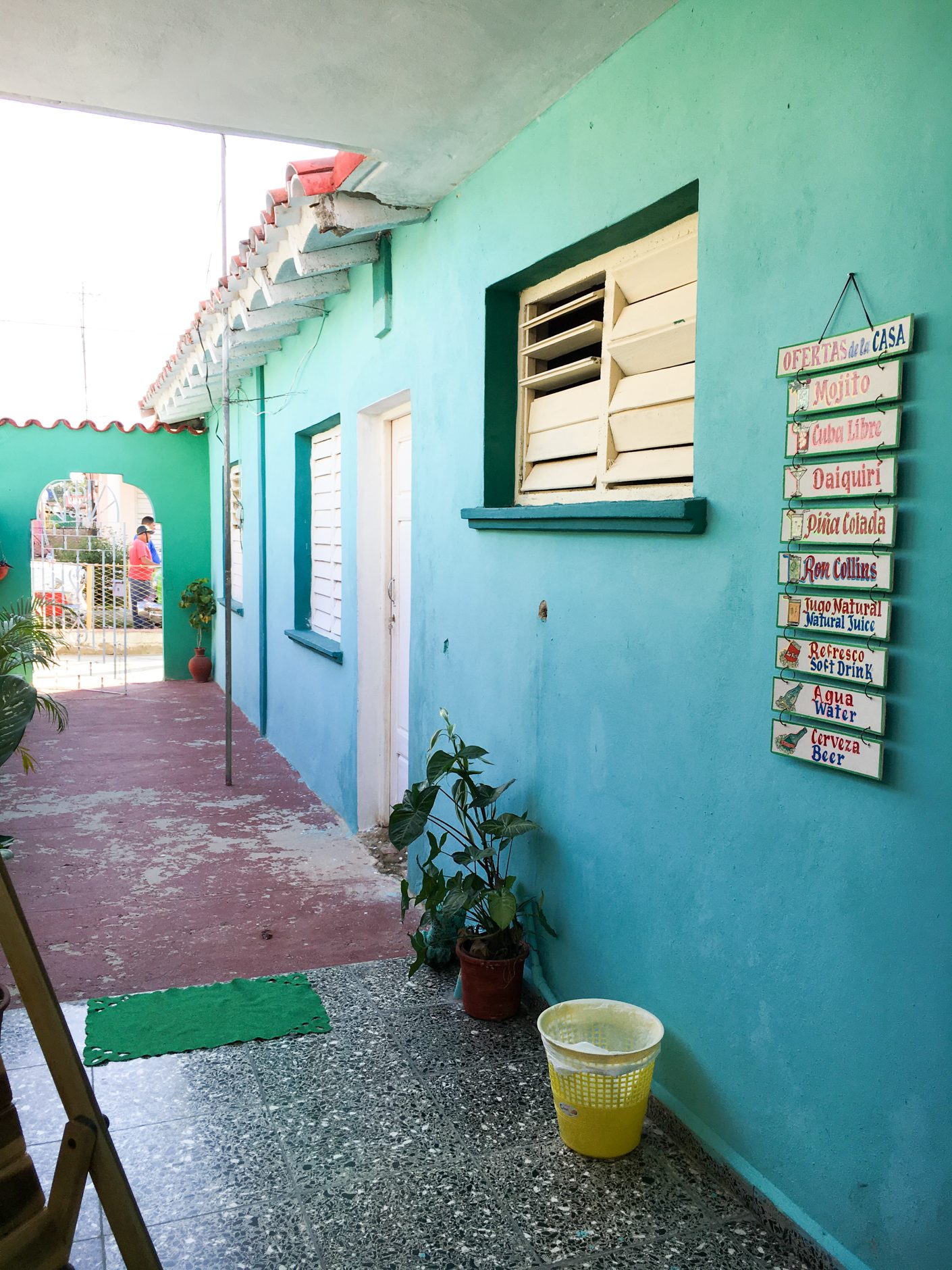
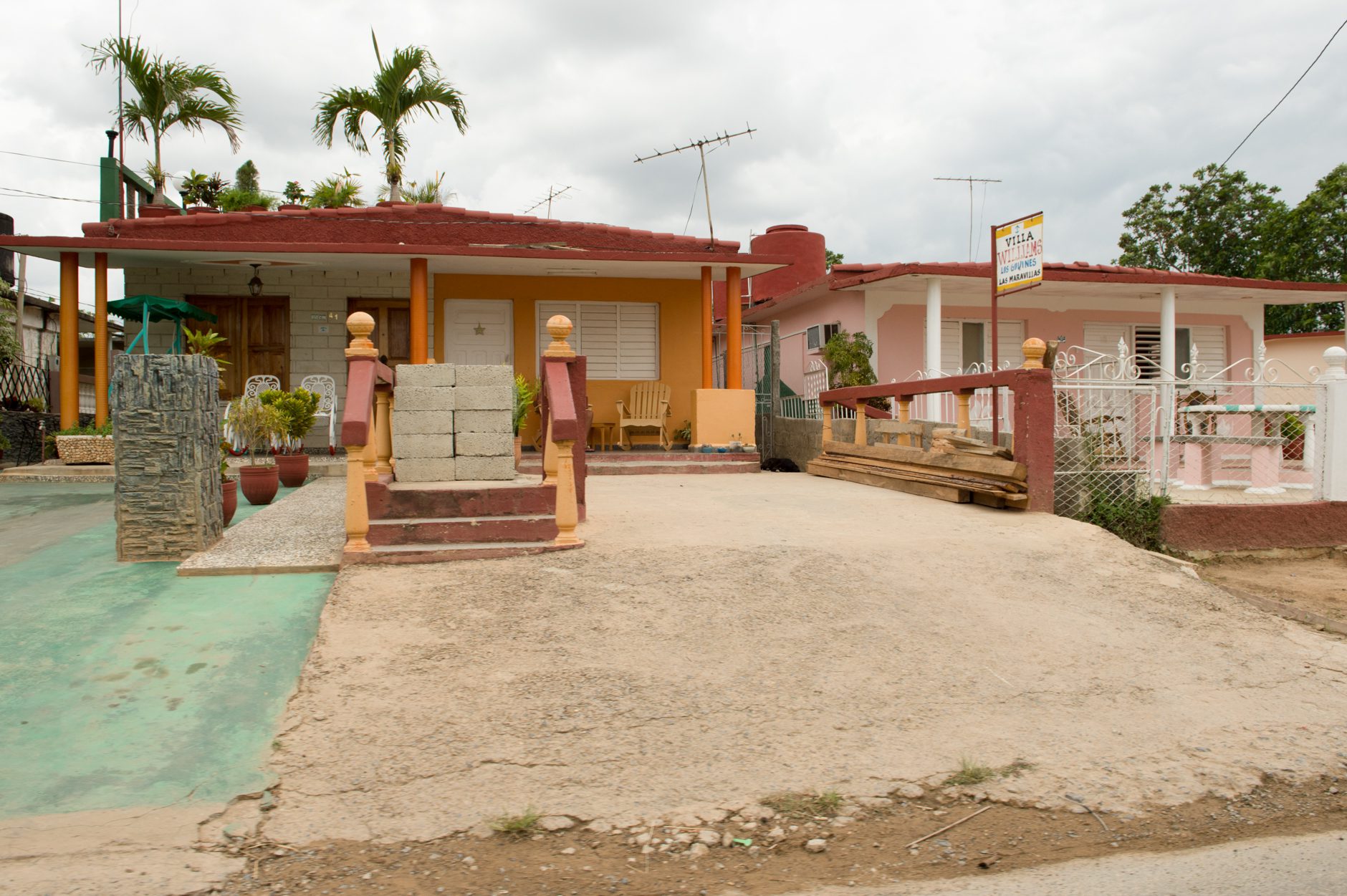
Something serendipitous that came with this trip hearkens back to 2011. I had traveled to Mexico with Pet Project Rescue (PPR) to photograph a spay / neuter clinic in Cancun. (see that blog post here) After sharing those images, I received an email from APAC Varadero, a Canadian-based nonprofit that works in Cuba. They loved the photos and welcomed me to come to Cuba sometime (see that blog post here). At the time I was flattered, of course; thanks for the invite, but that’s not a thing… we can’t go to Cuba. I had all but forgotten about that interaction, and Dustin reminded me when this opportunity came along. I wondered if they’d still be up for it?
So I contacted the organization to tell them what was happening, and if the offer still stands, that I’d love to meet them and see the work they’re doing. We were still deciding whether or not to go, and I asked Maia (from PPR) for advice. Without hesitation, she was super excited about the prospect, and we soon arranged for her and her husband, Matt, to join us on this journey.
Internet access is slow and hard to come by in Cuba, and the all-volunteer group has their own day-jobs to work around as well, so it took a little time to get everything coordinated. But we figured it out, and the four of us hopped in the car with our driver, Joél, to head toward Varadero.
The landscape is so varied, and so beautiful. More dichotomy: tropical palm trees mixed with pine trees like you’d find in the upper midwest. Turquoise ocean in the distance, with oil rigs and refineries between us. There’s one bridge on the route that Joél slowed way down for and indicated we should look down…. it was an impressive, expansive chasm, covered in trees, and from the car we couldn’t see the bottom.
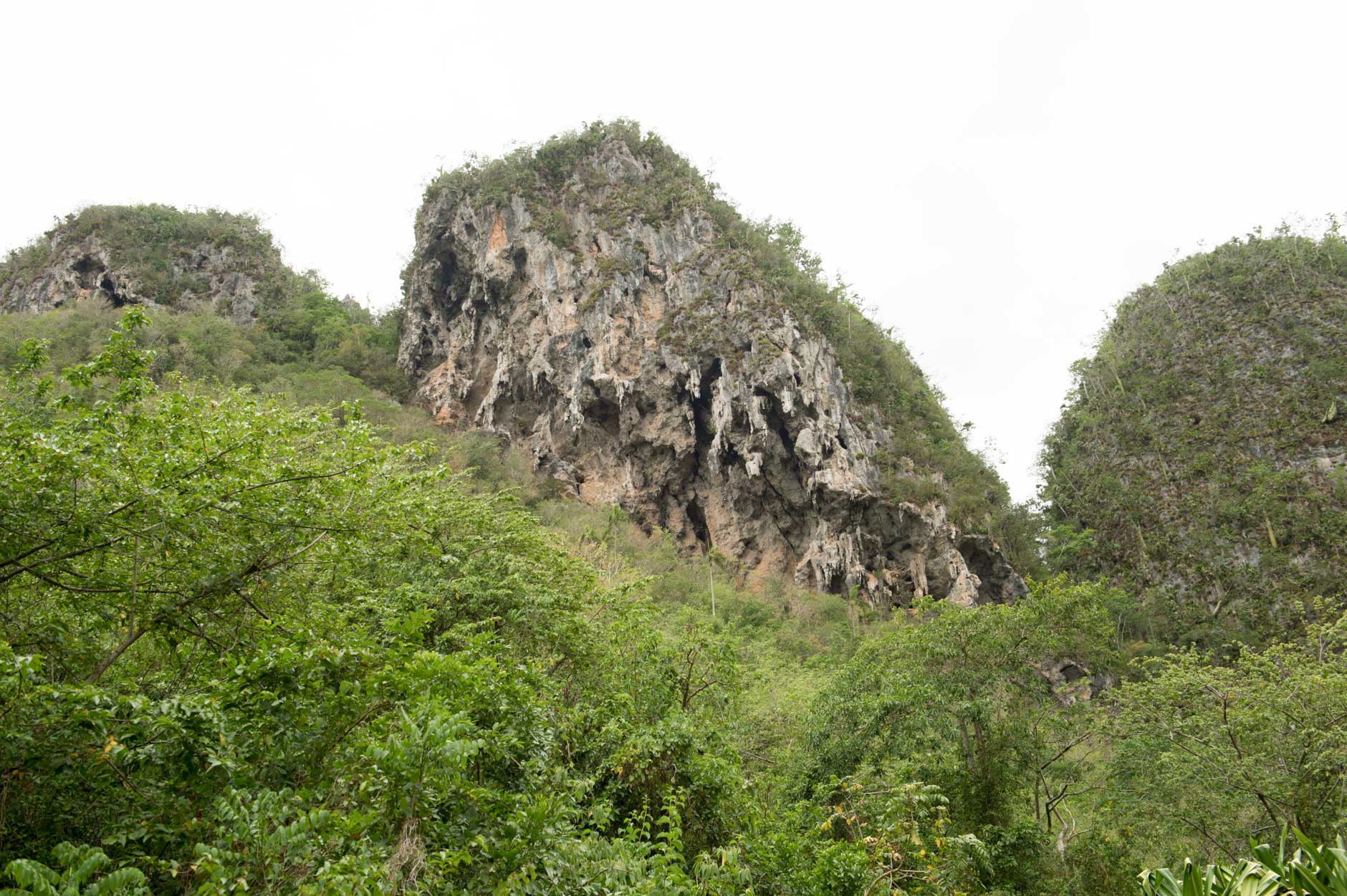 We met up with my contact, Anton, near a shopping center, as it was easy to find and had places we could sit and talk. His girlfriend, Marissa, was visiting from Canada. She told me that she likes to travel and looks for animal rescues to help wherever she goes. She made her first trip to Cuba a while back, and she’s been returning ever since. We were soon joined by Drs. Hanoi, Slavik (Ruso, to his friends) and Omar, and had a lovely conversation about APAC, what they do, and the state of animal rescue in Cuba in general. Each has their own “day job,” and volunteering to save animals is their passion – what they do in their free time.
We met up with my contact, Anton, near a shopping center, as it was easy to find and had places we could sit and talk. His girlfriend, Marissa, was visiting from Canada. She told me that she likes to travel and looks for animal rescues to help wherever she goes. She made her first trip to Cuba a while back, and she’s been returning ever since. We were soon joined by Drs. Hanoi, Slavik (Ruso, to his friends) and Omar, and had a lovely conversation about APAC, what they do, and the state of animal rescue in Cuba in general. Each has their own “day job,” and volunteering to save animals is their passion – what they do in their free time.
Ruso had a puppy on a leash when he arrived, that they just called “Perrita” (puppy). She was found in a dumpster when she was very young, curled up next to a dead sibling. The guys took her in and nursed her back to health, and she’s as spunky and happy (and naughty!) as a puppy can be. Ruso is fostering her until she’s ready to be adopted.
The APAC guys work in the Matanzas province, hosting free spay / neuter and vaccination clinics every few weeks, in different cities. A network of volunteers helps out in each community, and once they complete a circuit of towns, they start the circuit again to continue the campaign. Each clinic draws more people than the last, and they’re getting the word out to expand into even more communities. Our trip dates didn’t line up, but they had a clinic this weekend in Cardenas. They posted on their Facebook page that they had a record number of volunteers, and fixed 40 dogs and 29 cats.
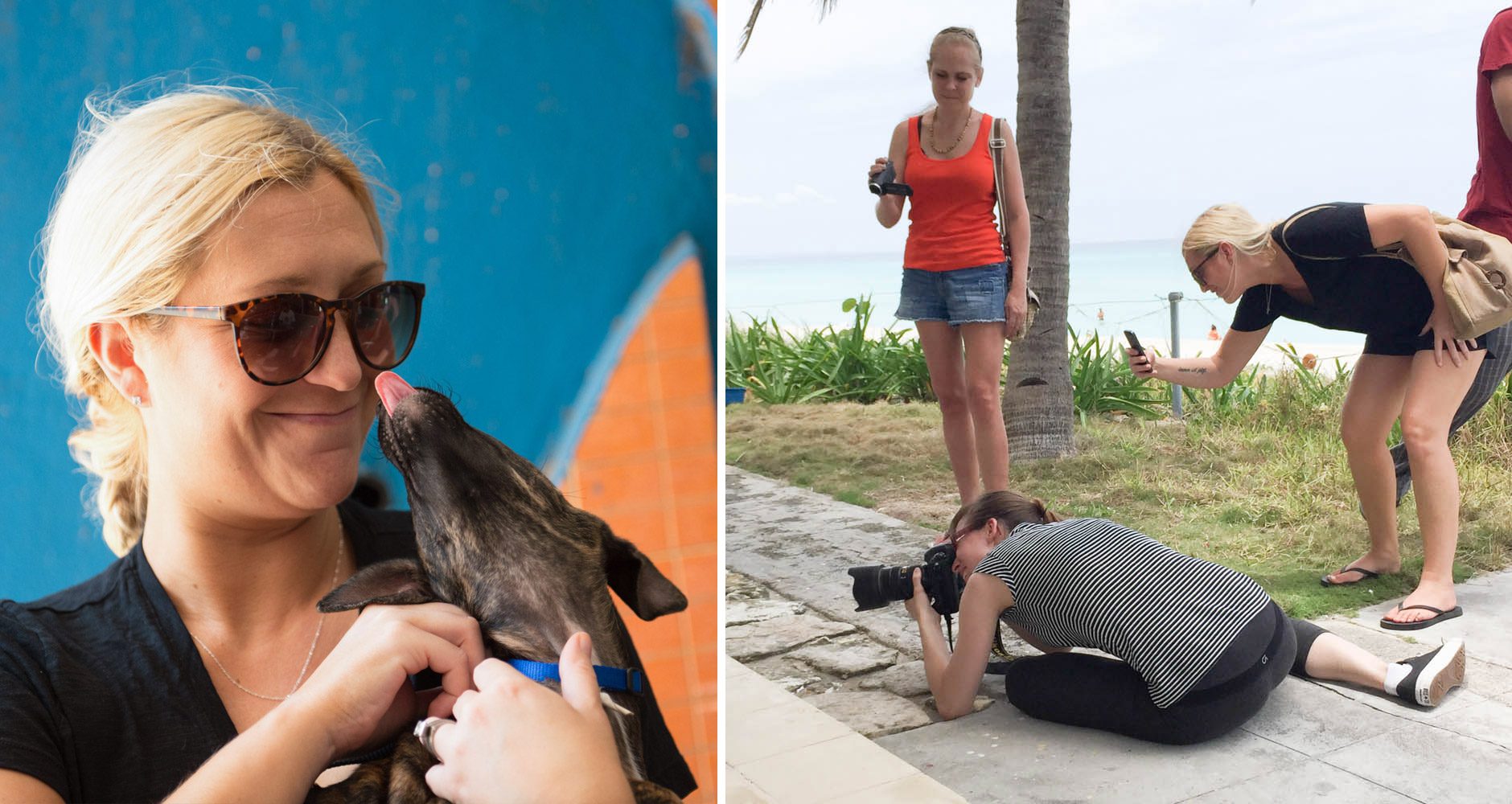 We learned that, as with most things in Cuba, change and progress takes a very long time, with a lot of bureaucracy along the way. “Baby steps,” as Anton called it.
We learned that, as with most things in Cuba, change and progress takes a very long time, with a lot of bureaucracy along the way. “Baby steps,” as Anton called it.
APAC has been working with hotels to set up “Cat Cafes” – little shelters on the hotel’s property where the cat colonies can come for food and water. The hotel agrees to provide care for the cats, and the Cafe keeps the cats out of the restaurants and other places they’re not welcomed. With the cats coming to a central location, APAC can come in and easily trap / neuter / return the cats to help curb the population. Getting hotels on board with the idea has been an uphill battle, but last week they set up their 7th Cat Cafe at Iberostar Varadero. They’re gaining momentum. The tourism industry is huge in Cuba, and the more tourists / visitors who start talking about the Cafes, and showing the results at existing Cafes, the more hotels will hopefully participate.
They were planning to show me one of their Cat Cafes on my visit, but we were again confronted with how things work in Cuba: The hotel manager that day decided that we would not be allowed to come on the property to photograph the cats.
You learn to roll with things in Cuba, to make do with what you have. So we walked a few blocks to the home of a self-proclaimed “crazy cat lady” who works closely with APAC. She’s a former English professor, and welcomed us warmly into her home. She said that, at one point, she was taking care of 50 cats. With the help of APAC and nearby restaurants catering to tourists who want to adopt the cats, she’s currently down to about a dozen.
As this trip was planned somewhat hastily, our time in Varadero was short, and in the middle of the day. In the heat, there weren’t many cats out and about – most were taking naps in shady spots out of view. Anton and Slavik took Dustin and I on another walk to see their friends, who have a number of cats. So, I was able to capture a few images for them, even if it wasn’t the specific task we were there to do.
Many of the cats are feral, or at least scared of strangers. (especially strangers with big clicky boxes in front of their faces) I often just got one or two clicks of the shutter before they got spooked and took off.
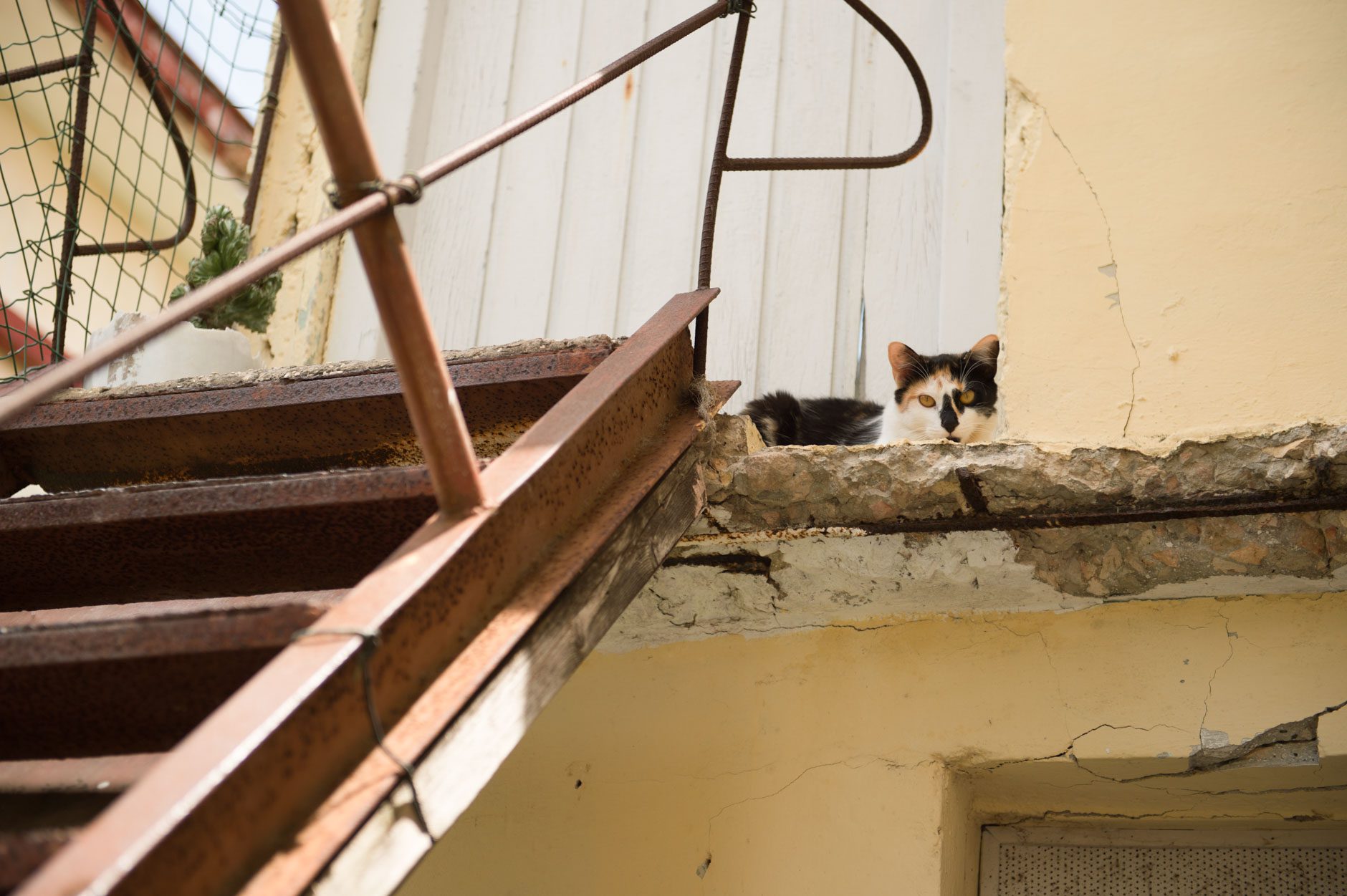 We made our way back to the English professor’s house, where her dog had joined the group. He’s a super cute, wire-y mix, and we became fast friends. He tolerated Perrita for the most part, but also was sure to put her in her place if she was bothering him. APAC has been trying to get her to fix the dog (he’s intact) but there is a bit of a stigma around neutering dogs – a sense of machismo that many people aren’t willing to give up. More baby steps are needed in that direction.
We made our way back to the English professor’s house, where her dog had joined the group. He’s a super cute, wire-y mix, and we became fast friends. He tolerated Perrita for the most part, but also was sure to put her in her place if she was bothering him. APAC has been trying to get her to fix the dog (he’s intact) but there is a bit of a stigma around neutering dogs – a sense of machismo that many people aren’t willing to give up. More baby steps are needed in that direction.
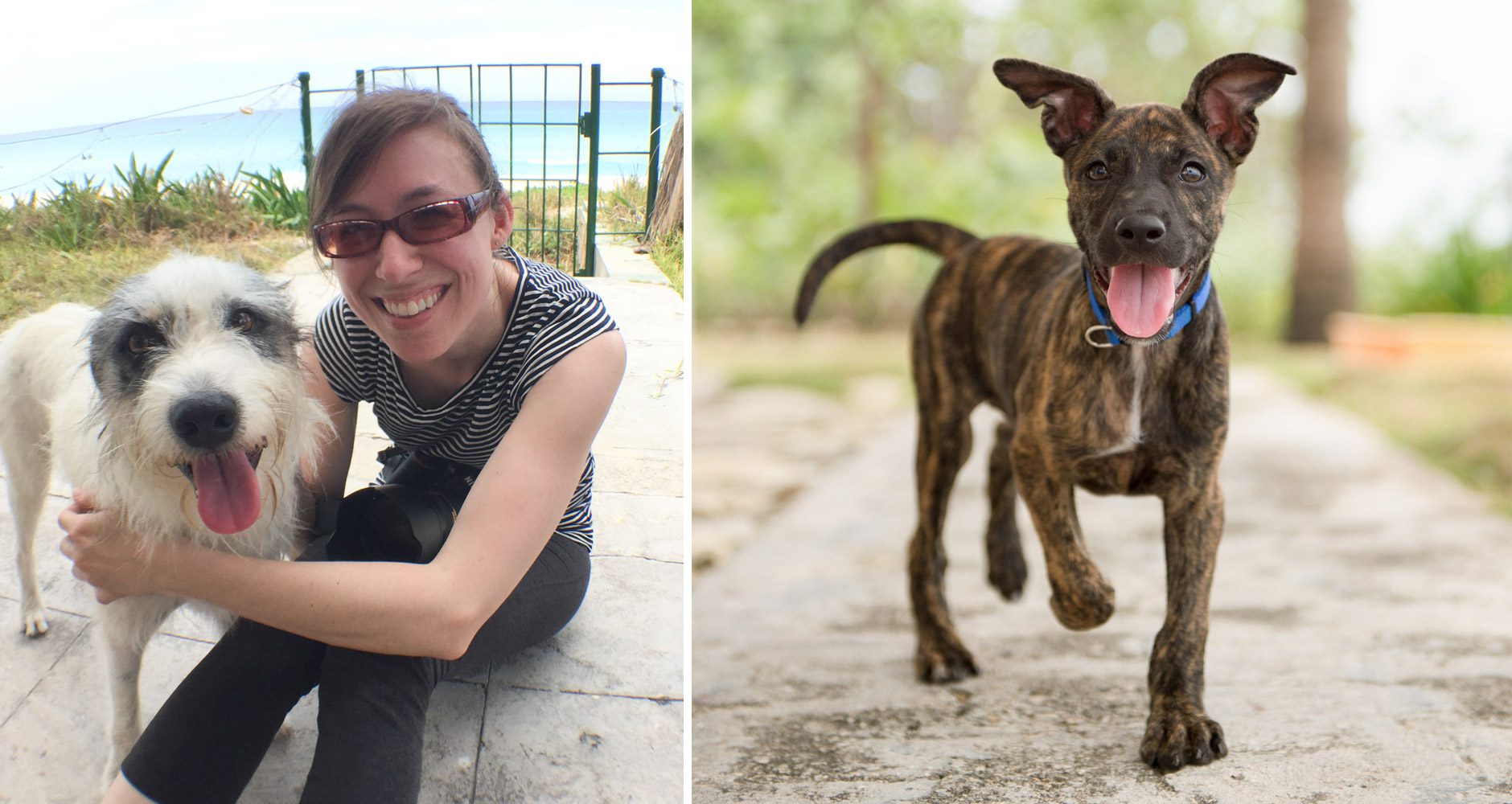
We took our new friends out for a late lunch, and soon had to say goodbye. With better planning on our end, it would have been great to spend the night and get some photos of the cats when they come out in the evening and early morning. I guess that will have to wait for our next trip :)
These guys are so wonderful, and just beaming with excitement about the work they’re doing. They’re making a difference, not only in the lives of cats and dogs, but in people’s lives as well, through keeping the animals healthy and disease-free, and reducing the population through spay / neuter. Hotels are happy to have a dedicated place for the stray cats, tourists are happy to interact with and feed them, (or not encounter them, if they prefer) and the mere fact that a hotel has a Cat Cafe is a draw for some people to stay there.
APAC is committed to staying positive, and they know the value of good photographs that show happy people and animals, that show connections and helping and hope (as opposed to heartbreaking or medically disturbing images). Yes, the government routinely rounds up and kills stray animals (as do many hotels), which are quickly replaced with new litters, and round and round they go; but APAC chooses to focus on what they can specifically do to make a direct change in their corner of the world. I hope that by sharing my experience and some photos, it might help them get more supporters, so they can expand their clinics and educate the public.
Medicine and supplies are very hard to come by in Cuba, and there is a finite amount of resources for APAC. They count on monetary donations and visitors bringing supplies when they can. The average cost of sterilizing one animal is $20 USD. The Cuban monthly salary is not much more than that, so the funds just don’t exist locally.
How can you help APAC Varadero?
Since they’re a Canadian organization, Americans can easily make monetary donations on their gofundme page: https://www.gofundme.com/APACforCuba
Catch up with APAC on their Facebook page, where they regularly post photos and news of what they’re doing: https://www.facebook.com/CubanAnimals/
A Canadian vet made this lovely video about his experience a year ago: http://vimeo.com/107306091
Click on the images below to see them larger:
Cuba.
It was fun and difficult and beautiful and heartbreaking and everything in between. It was wild.

